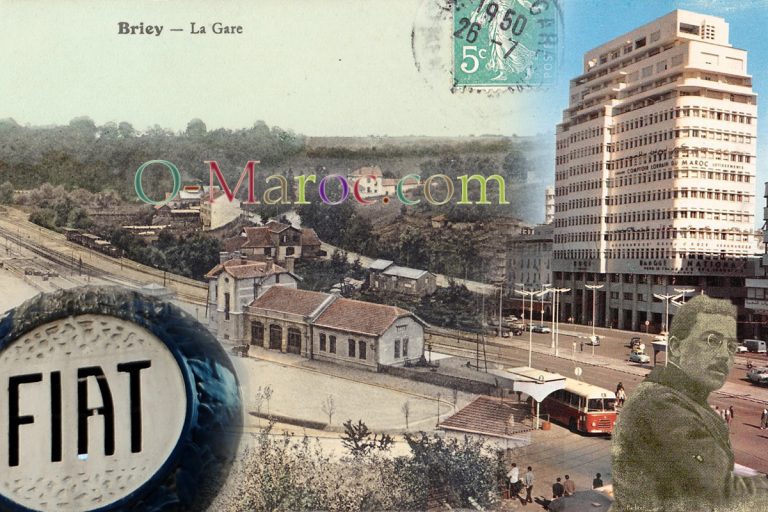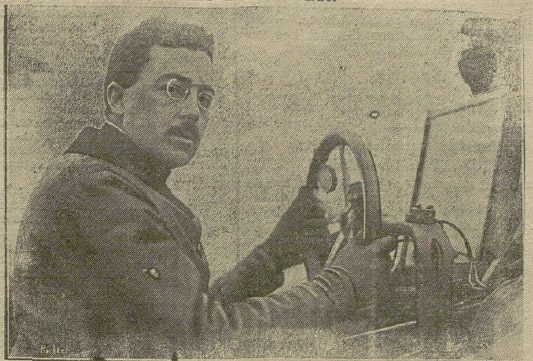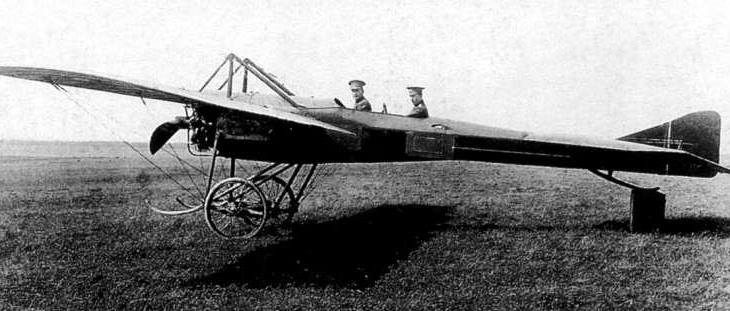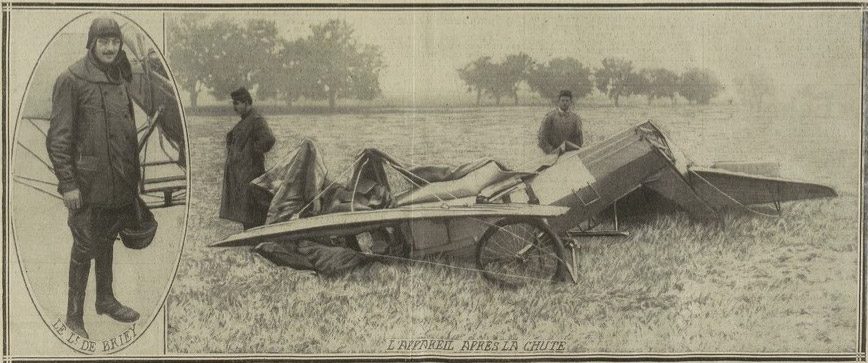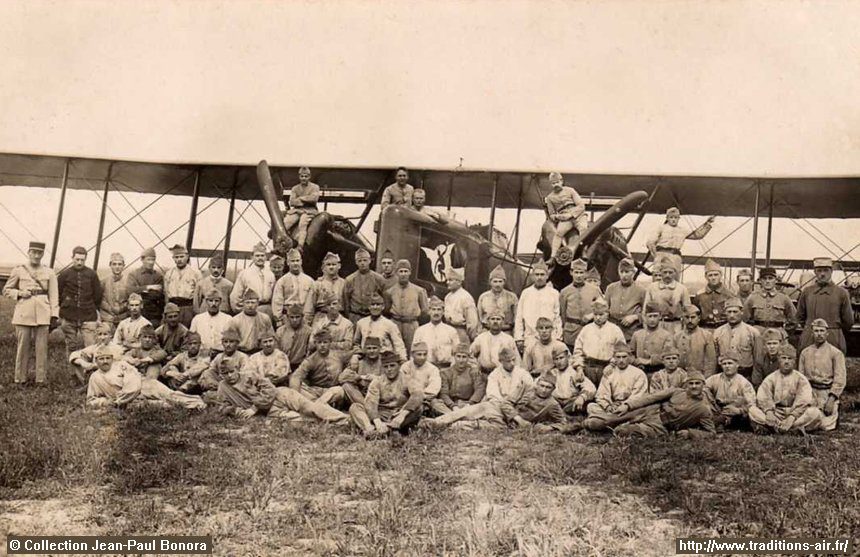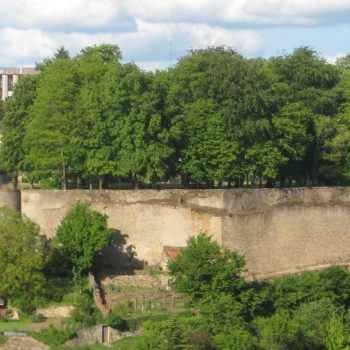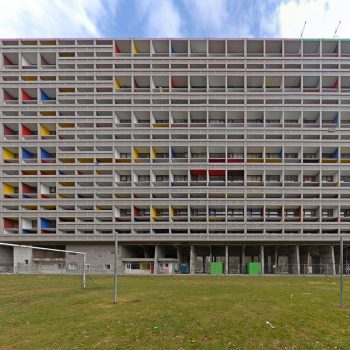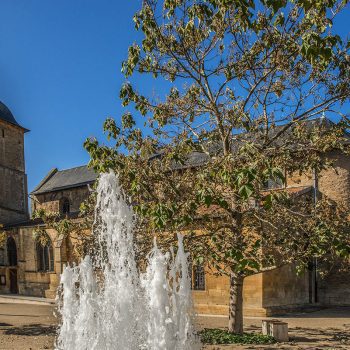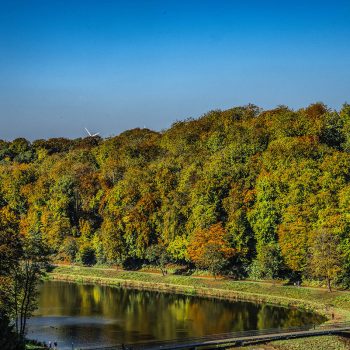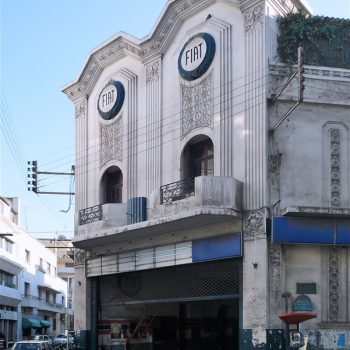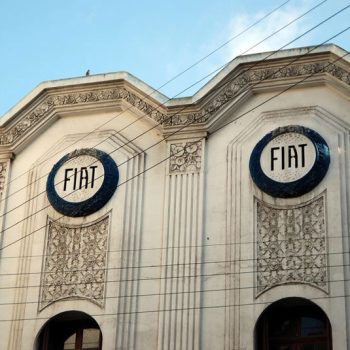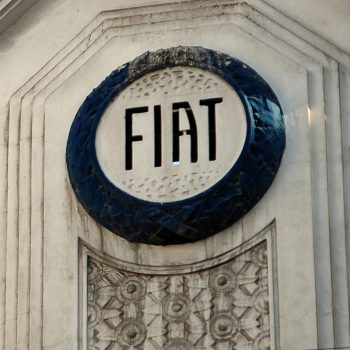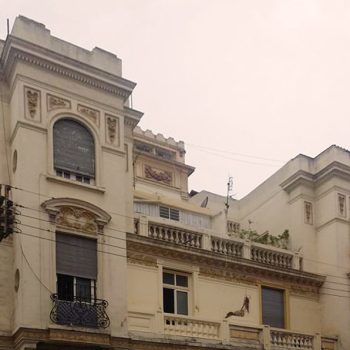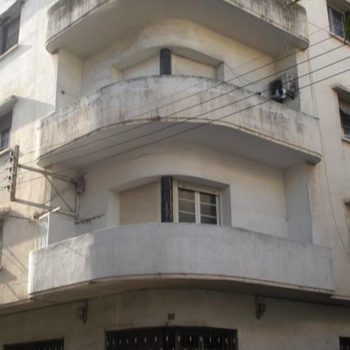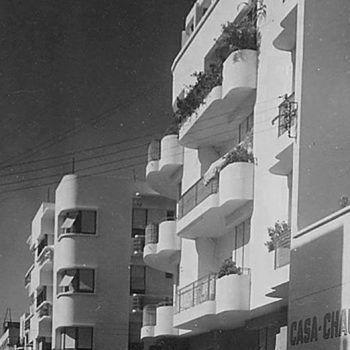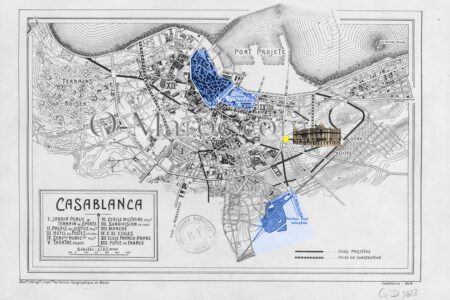A simple question in a commentary and, to answer it, a dive into the history of Morocco, the history of aviation, the history of Islam… and of course the history of street names in Casablanca! A question that plunged me into fascinating research – for me – and that I want to share with you here.
How can I identify the origin of a street name in Casablanca?
Under the Protectorate, street names in Casablanca are :
- linked to the army, soldiers, battles or buildings (such as boulevard du Chayla, now boulevard Moulay Abderrahmane, or rue Galilée, now rue Taha Hussein, named after two of the ships that bombed Casablanca in 1907)
- linked to Casablanca notables, owners or others, such as the Denoueix roundabout (rond-point Dakar), the Georges Mercié street (rue Mohamed Smiha) or the Raymond Monod street (Khourigba avenue)
- ‘botanical and other’, in neighbourhoods such as l’Oasis
- and, much more rarely, Moroccan place names or names of great non-military men, such as Victor Hugo street (Sidi Oqba street), which bordered the royal palace
At independence, these street names were changed, often with the logic of replacing a French serviceman with a Moroccan serviceman or resistance fighter, a fact of French history with a fact of Moroccan history, a place name with another place, and so on. The Denoueix roundabout is an exception to this rule. Place names have survived more than others.
So, to find out what the rue de Briey referred to, we had to identify whether it was a place or a person and, if so, how to relate it to the history of Casablanca. A soldier? A businessman?
To do this, we went online, of course. There are three main sources: Wikipedia, Gallica and Généanet. For the military, we can add the ‘Mémoire des Hommes’ site, with its databases of those who died in the various conflicts.
On Gallica, a search for ‘de Briey’ near ‘Casablanca’, which gives nothing but addresses of businesses located in the street. So this is probably not a figure from the town’s history, probably a soldier. There’s also a French village, Briey, which had just over 5,700 inhabitants in 2014. I worked for a few years in Lorraine and I don’t know it, unlike Commercy, Chalons, etc., which gave street names to Casablanca. So I’m assuming a military man.
Briey: ‘one big family’
The de Briey family, attached to the village of Briey, as Wikipedia states, is a very large aristocratic family from the North and East of France, Belgium, Luxembourg and Lorraine. Large in the historical sense of the term, with a lineage dating back to the 11th century and alliances throughout the Gotha, and also in the sense of ‘number of people’. And as this family had a military tradition, many Brieys were to be found in the army.
On Gallica, a search using other keywords brings up a ‘lieutenant from Briey’ of the colonial army. I think I’ve found the link with Morocco, but in fact I’m a bit wrong. And I still don’t have a precise identity. It took me a long search on ‘Mémoire des Hommes’ and the online civil status archives to identify the person I think is linked to the rue de Briey: François Emmanuel Marie Gobert de Briey.
Briey’s dead for France
His father was a soldier, two of his brothers died in the First World War, and another François de Briey died in captivity in Aachen. That’s a lot of people whose regimental histories and postings need to be tracked down, where possible, to try and see the link with Morocco. Not to mention, for the record, the Brieys who died in the Second World War. The women in the family often had to mourn!
I still have to check my hypothesis: if the rue de Briey is indeed named after François de Briey, it was after 1912. So I went back to Gallica, modifying my search and, above all, displaying the results in chronological order. And then, lo and behold, my great theory fell through (but I’ve included François de Briey’s bio anyway because I like him).
Comptoir Lorrain du Maroc and de Briey street
The de Briey street did indeed appear in 1912, but as part of a housing development.
I found a trace of it in a clipping from a Lorraine newspaper, ‘Le Pays Lorrain’, in July 1912:
The people of Lorraine are showing their spirit of initiative in Morocco. We have been sent a plan of the new districts of Casablanca built on land acquired by some of our compatriots. It shows the Boulevard de Lorraine, which leads to the streets of Nancy, Épinal, Saint-Dié, Briey, Toul, Lunéville and Charmes.
Founded in 1912, Comptoir Lorrain du Maroc is one of the major colonial landholding companies, and is still in business today. In August 1921, its Board of Directors was made up exclusively of people from Lorraine:
- Mr Eugène Cahen, known as Nathan, living at 45 rue Gambetta in Nancy;
- M. Gaston Schwaab, living in Saint-Dié (Vosges) ;.
- M. Frédéric Thouvenin, living in Saint-Laurent (Vosges), currently in Casablanca, rue du Général-Drude, no 82 ;
- M. André-Jacques Blum, living in Nancy, avenue de France, no 42 ;
- M. Georges-Abraham Blum, living in Nancy, place Saint-Jean, no 1 ;
- M. Jean Schvaab, living in Saint-Dié (Vosges), rue d’Alsace ;
- M. Jules-Salomon Cahen known as Nathan, dit Rais, living in Paris, boulevard Raspail, no 107.
In the contributions to the company of numerous housing estates, including
a building plot with buildings located in Casablanca, in the Lorraine district, with a total area of approximately four thousand two hundred and eighteen square metres (4,218 sq.m), for which a registration requisition was issued under no. 2386 G dated 29 July 1919.
Ownership. – This land belongs to the contributors as having been acquired by Messrs Schwab and Georges Blum on behalf of Si el Hadj Omar Tazi by virtue of an Arab deed executed before Aduls on the thirteenth of Jumada thirteen hundred and thirty (30th April 1912).
And here is the location of the ‘Lorraine district’ on the Prost map:
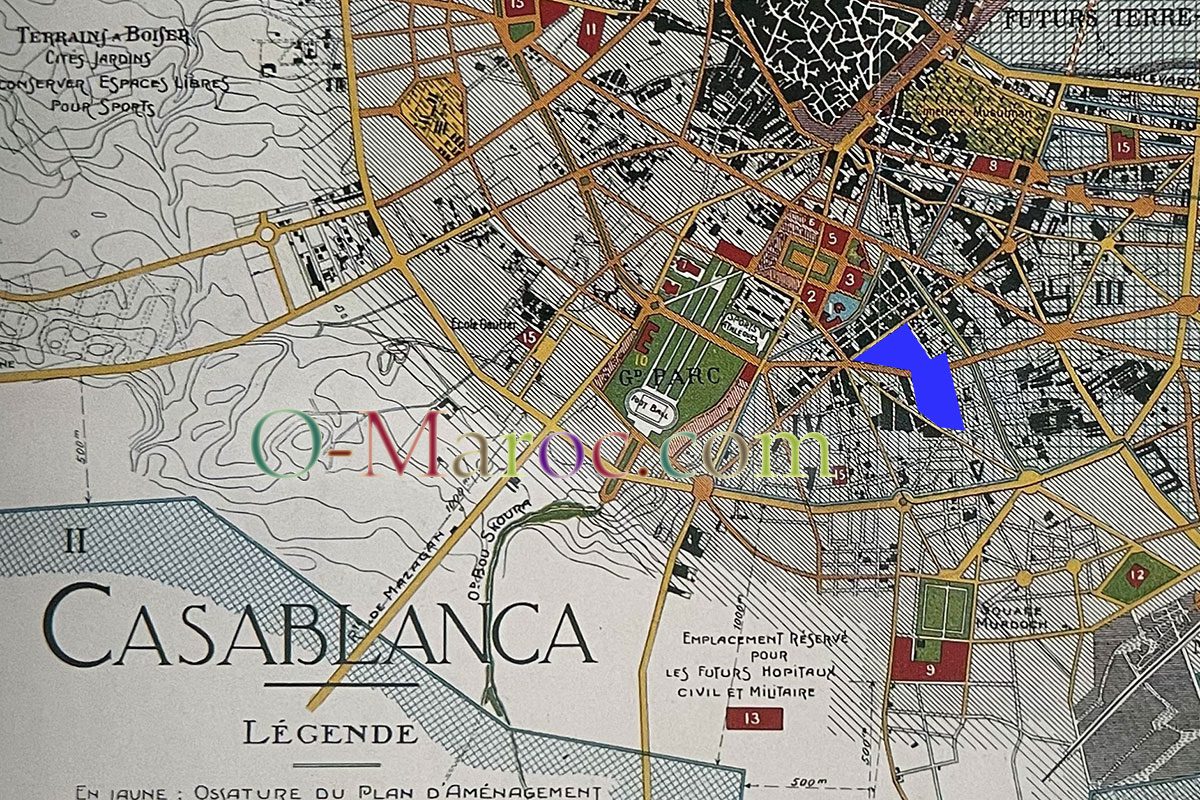
and the location of all the lots belonging to Comptoir Lorrain (I’ve put the plan back ‘upright’ with the port to the north):
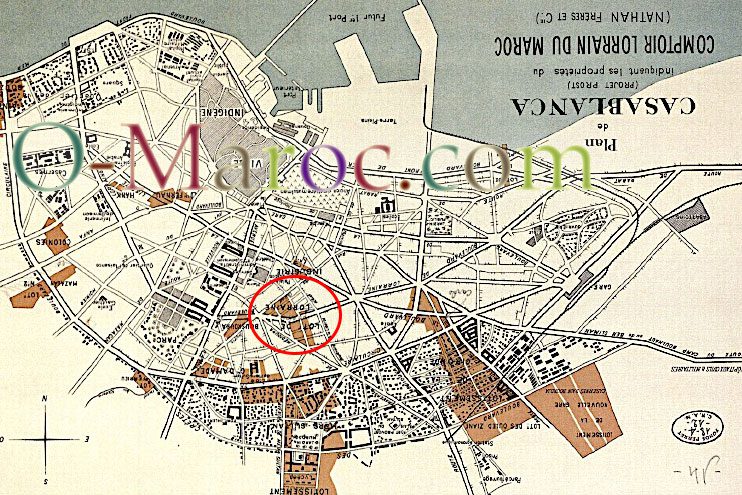
An enormous asset! The company’s capital is 6 million francs, the equivalent of over 2 billion euros!
Rue de Briey was therefore named after a French village that was much more important at the time than it is today. It was the centre of a mining basin that closed in the 1960s, and whose mines belonged to the de Wendel family. To spare this wealth, it was not bombed during the war. So it’s not a battle name. Too bad I didn’t know this village!
But I shouldn’t have let myself be led down the path of the Lieutenant de Briey. After all, if the street had been named in his honour, it would have been called rue du lieutenant de Briey!
And it wouldn’t have been renamed after a place.
The village of Briey today
Briey is a small commune of around 5,000 inhabitants, merged with others into Val de Briey. What remains today are medieval ruins, a beautiful church, the Wendel ‘chateaux’ and a Le Corbusier housing estate (where Francis Heaulme grew up). The region is beautiful, wooded and has a lovely lake!
Al Habacha, or Abyssinia
Indeed, following the logic of renaming a person by another person, I looked for ‘Al Habacha’ notables and there are very few. This name refers to Abyssinia.
So we had a nice game of renaming:
- the Rue d’Abyssinie from the time of the protectorate became the Rue des Abbassides, named after a dynasty that put an end to the power of the Ommeyades and was overthrown by the Ottomans,
- rue de Briey becomes rue d’Abyssinie, but in Arabic, al Habach, الحبشة .
Why in Arabic? Because the region is wider than what we now call Abyssinia. It actually encompasses Ethiopia, Eritrea and Somalia, the whole of the Horn of East Africa.
The beginning of the Islamic calendar is traditionally dated 622, the year of the hijra to Medina. In reality, a few years earlier, the Prophet’s companions had taken refuge in Ethiopia (Al Habacha), where they were welcomed and protected by the Negus, a Christian king named Ashama ibn Abjar, who, according to tradition, had converted to Islam.
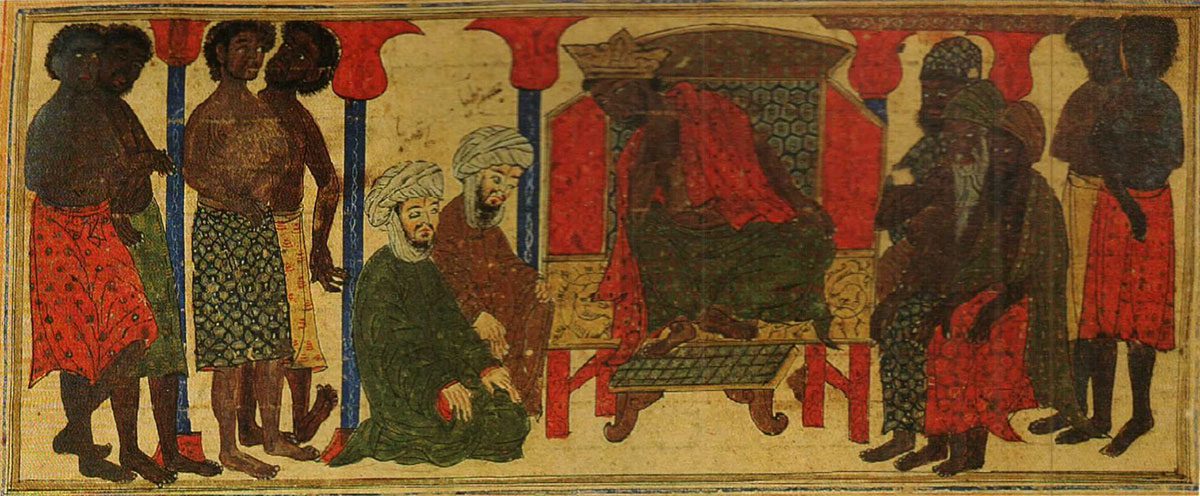
De Briey street – zankat Al Habacha today
In the heart of the Mers-Sultan district, this street still has some old buildings, either neo-classical or Art Deco, but they are not in good condition. There used to be a superb Fiat garage on the corner of rue de Briey and rue de l’Aviation Française (we’ll come back to that!), now Avenue Mustapha El Maani, built in 1929 by Aldo Manassi, which was saved by Casamémoire.
 A typo or syntax error? You can select the text and hit Ctrl+Enter to send us a message. Thank you! If this post interested you, maybe you can also leave a comment. We'd love to exchange with you !
A typo or syntax error? You can select the text and hit Ctrl+Enter to send us a message. Thank you! If this post interested you, maybe you can also leave a comment. We'd love to exchange with you !

